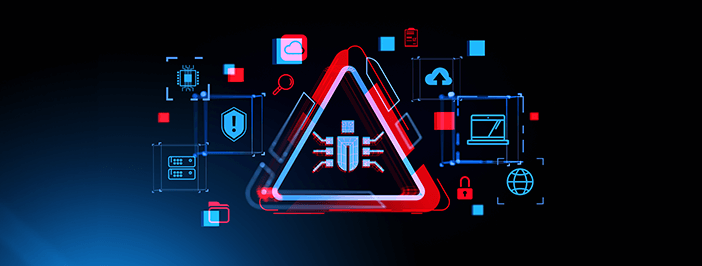How AI Is Revolutionizing Threat Detection and Incident Response
Cyberthreats move fast. They evolve, adapt, and strike when businesses least expect it. Traditional cybersecurity methods—manual monitoring, reactive defenses, and outdated security protocols—can’t keep up. That’s where AI threat detection changes the game.
Artificial intelligence is reshaping cybersecurity, allowing businesses to detect and respond to threats in real-time. As attacks become more sophisticated, AI-driven security provides predictive insights, automated responses, and smarter threat analysis—all essential for staying ahead of cybercriminals.
How AI Helps Detect Cyberthreats Faster
Hackers don’t wait. They exploit vulnerabilities in seconds. AI threat detection helps businesses detect anomalies before they escalate. Here’s how:
- AI-driven anomaly detection – AI scans massive datasets, recognizing deviations from normal behavior. If an employee account suddenly attempts to access restricted data at 3 AM? AI flags it.
- Predictive analytics – AI doesn’t just react; it anticipates attacks by analyzing historical attack patterns. This anticipation helps businesses strengthen defenses before hackers strike.
AI in Incident Response: Faster Reactions, Stronger Defenses
Detecting threats is just the first step. Responding to them—immediately and effectively—is what prevents damage. AI automates incident response, eliminating the lag time between detection and action.
- Automated security responses – When AI detects a cyberattack, it can automatically isolate affected systems, contain threats, and initiate remediation. No waiting for human intervention.
- Reducing response time – Speed is everything. AI-powered security systems respond within milliseconds, preventing breaches before they cause harm.
Businesses no longer have to rely solely on human response teams. AI enhances cybersecurity efforts by working alongside security professionals, allowing them to focus on critical decision-making rather than manually analyzing endless security logs.
Challenges of AI in Cybersecurity
Despite its advantages, AI isn’t perfect. Businesses must be aware of its limitations, including:
- False positives – AI can sometimes misidentify threats, creating unnecessary alerts and overwhelming security teams.
- Ethical concerns – AI-driven security raises privacy questions. How much surveillance is too much?
- AI misuse by cybercriminals – Hackers are also leveraging AI for sophisticated attacks, including deepfake phishing scams and automated malware creation.
AI is a powerful security ally, but businesses must combine AI-driven defenses with human expertise to ensure ethical and effective cybersecurity.
The Future of AI Threat Detection
Cybersecurity threats are evolving, but so is AI. As attacks become more sophisticated, AI-powered security solutions will continue to improve. Businesses that embrace AI threat detection today will be better protected tomorrow.
The art of cybersecurity isn’t just about reacting—it’s about predicting, preventing, and automating security measures before threats even appear. This is where AI is leading the way.
Ready to strengthen your cybersecurity strategy?
Visit GB Tech today to explore how advanced cybersecurity can protect your business.























